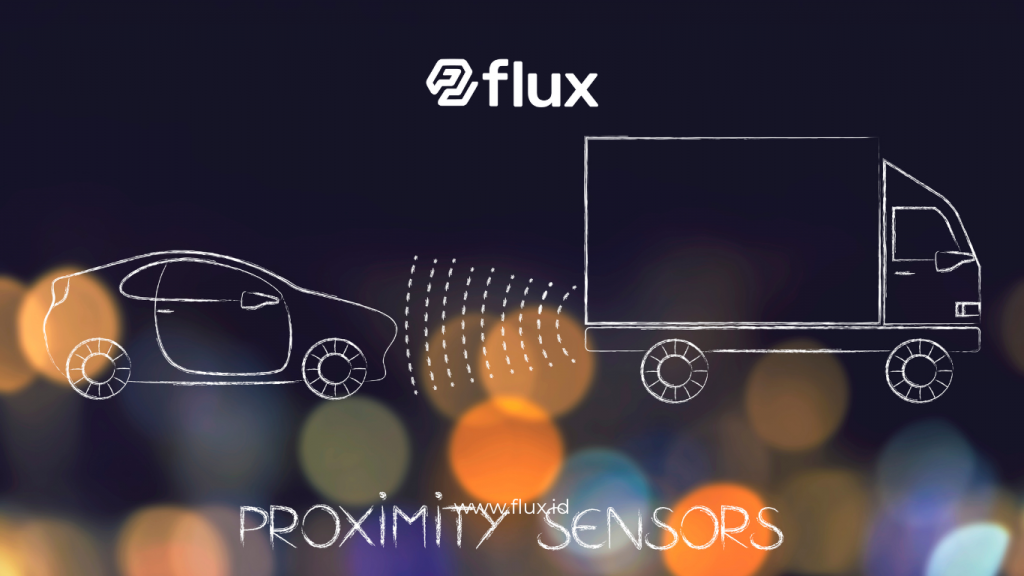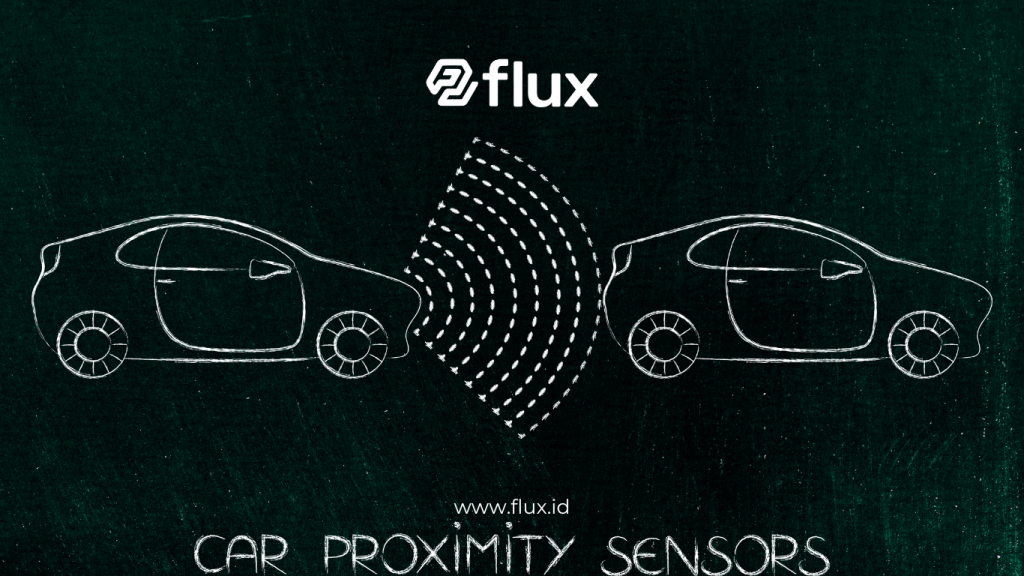Don't miss our holiday offer - 20% OFF!
Proximity sensors are widely used components in various modern electronic devices. From smartphones and household appliances to smart vehicles, these sensors play a key role in enhancing user convenience and safety. This article will explore the benefits of proximity sensors in everyday life, explaining how they work and how they are applied in the technology we frequently use.
Contents
What Is a Proximity Sensor?

Read More: Understanding How Proximity Sensors Work: Essential Technology in Industrial Automation
A proximity sensor is a sensor that detects the presence of objects without requiring physical contact. This technology works by measuring changes in electromagnetic fields or the reflection of light off an object. When the sensor detects a nearby object, it sends a signal to the system to perform a specific action, such as turning off a screen or activating a feature.
How Proximity Sensors Work
Proximity sensors operate on the principles of electromagnetism or optics. For example, in smartphones, proximity sensors are usually located near the speaker and use infrared to detect the presence of a face or object during a call. Once the face is near, the sensor turns off the screen to conserve battery and prevent accidental input.
In smart vehicles, proximity sensors work by emitting radar or ultrasonic waves that bounce back after hitting an object. The system then calculates the time it takes for the waves to return, allowing the vehicle to measure the distance to objects around it.
Applications of Proximity Sensors in Everyday Life

Read More: IoT Sensors for Fuel Tank Monitoring: A Smart Solution for Managing Fuel Quality and Quantity
1. Smartphones and Electronic Devices
One of the most common and familiar applications of proximity sensors is in smartphones. These sensors enable the phone’s screen to automatically turn off when it is close to your face during a call, preventing accidental touches on the screen.
In addition, proximity sensors are used in some augmented reality (AR) applications, where devices need to detect objects in three-dimensional space to provide a more interactive experience.
Benefits for Smartphones:
- Battery Conservation: By turning off the screen when not in use, the proximity sensor helps extend battery life.
- Enhanced User Experience: Prevents accidental touches while on a call.
- Augmented Reality (AR) Applications: Helps devices detect distance and position of objects in virtual space.
2. Smart Vehicles
In smart vehicles and automatic parking systems, proximity sensors play a crucial role in improving driving safety and efficiency. These sensors detect the presence of other vehicles or objects around the car, giving warnings to the driver or even taking automatic actions to avoid collisions.
Some smart vehicles are equipped with proximity sensors on the rear bumper, which are useful when parking or reversing. These sensors signal the driver when approaching an object, helping to avoid bumps.
Benefits for Vehicles:
- Driving Safety: Avoids accidents by warning when objects are too close.
- Automatic Parking Feature: Helps drivers park with more precision.
- Collision Warning System: Proximity sensors detect vehicles in the same lane and can activate automatic braking systems if needed.
3. Smart Home Appliances
Many smart home appliances, such as washing machines, refrigerators, and automatic lighting systems, now use proximity sensors. For example, on automatic water dispensers, proximity sensors detect the presence of a hand and release water without needing a touch. This improves convenience and hygiene, especially in environments like hospitals or kitchens.
Benefits for Home Appliances:
- Convenience: Appliances can be operated without touch, making them easier to use.
- Energy Efficiency: Automatic lighting systems with proximity sensors can turn off lights when no one is in the room, saving energy.
- Hygiene: Reduces physical contact with commonly touched devices, improving cleanliness.
4. Public Space User Experience
Public spaces such as shopping malls and offices often use proximity sensors for various purposes, from automatic doors to security systems. For example, automatic doors open when they detect someone approaching, or public toilets flush automatically after use, showcasing how proximity sensors improve user experience in public spaces.
Benefits in Public Spaces:
- Safety and Hygiene: Prevents physical contact with shared surfaces.
- Convenience: Facilitates entry and exit without manual actions.
- Operational Efficiency: These sensors can help save energy and reduce maintenance costs with intelligent automation.
5. Gadgets and Wearable Devices
Gadgets and wearable devices such as smartwatches or fitness trackers also use proximity sensors to detect movement or whether the device is being worn. These sensors help improve the efficiency of devices and provide more accurate data, such as steps or workout activities.
Benefits for Gadgets and Wearables:
- Energy Efficiency: The screen only lights up when the device is worn.
- Better User Experience: Certain features can be activated or deactivated based on the physical interaction of the user with the device.
- Accurate Activity Tracking: Ensures that the device functions only when in use.
6. Security Systems
Proximity sensors also play an important role in modern security systems. These sensors are often used in theft alarms, where they detect suspicious movement in a protected area. Additionally, proximity sensors are used in contactless access cards, allowing users to enter restricted areas simply by approaching the sensor with their card.
Benefits for Security Systems:
- Theft Prevention: Proximity sensors can trigger alarms when detecting suspicious movement.
- Ease of Access: Users can access rooms without needing to input codes or turn keys.
- Additional Security: Contactless access cards provide a safer and more convenient way to control entry.
Conclusion
Proximity sensors are a technology that has a significant impact on everyday life, from smartphones to smart vehicles. Their ability to detect the presence of objects without physical contact offers various benefits, such as energy savings, enhanced security, and improved convenience. As technology continues to evolve, the role of proximity sensors in various aspects of modern life will increase, making our lives more efficient and safer.
With widespread usage in various fields, from electronic devices to smart city infrastructure, proximity sensors will continue to play an essential role in delivering more advanced technological innovations and solutions.





